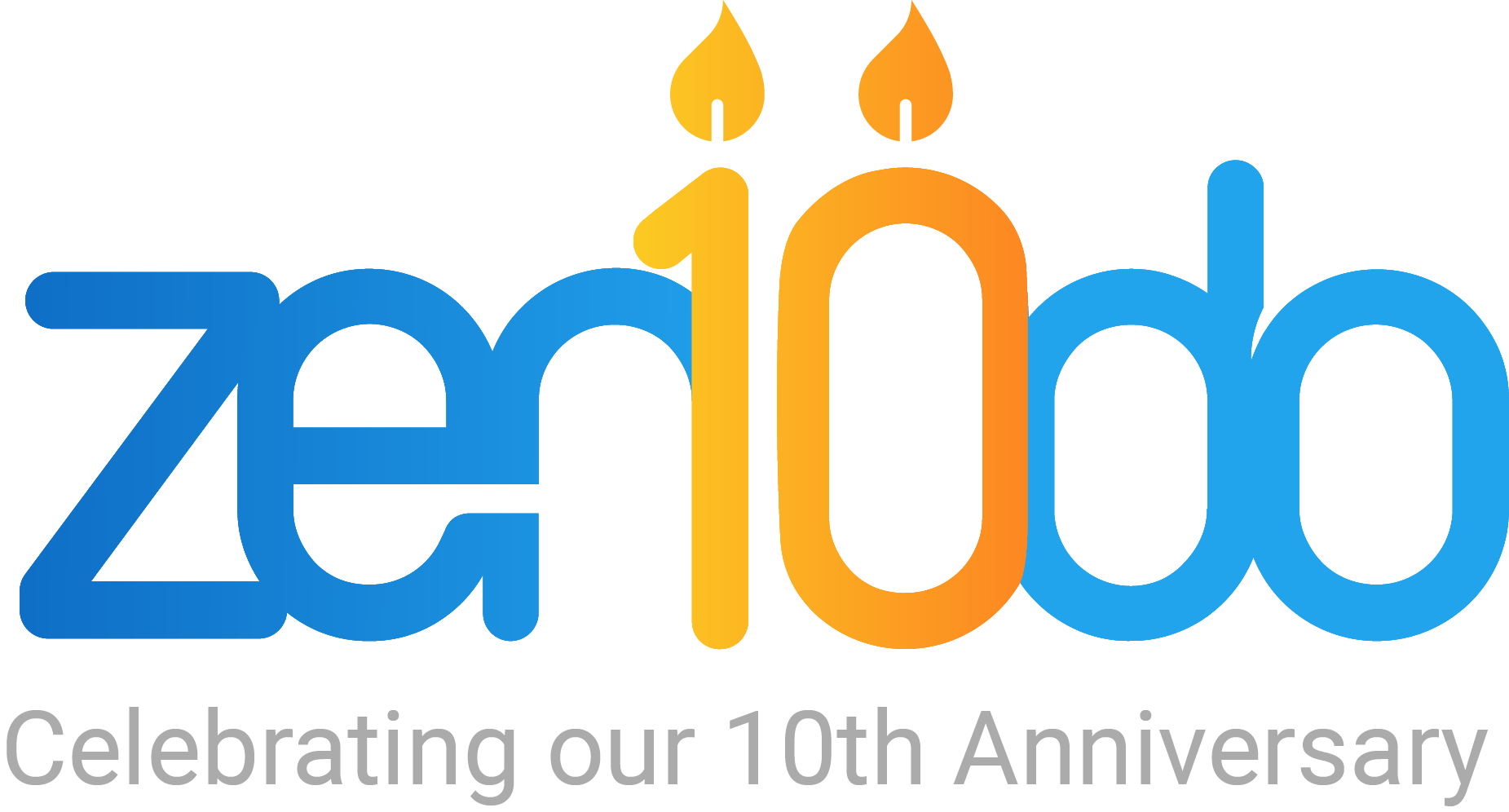Integrating Innovative BIPV and Heat Pump Solutions in Urban Renovations: Veolia's Technical Insights
As cities around the world face ageing infrastructure and increasing pressure to reduce carbon emissions, urban renewal projects offer a unique opportunity to integrate cutting-edge sustainable technologies. At Veolia, we have been at the forefront of implementing building-integrated photovoltaic (BIPV) systems and advanced heat pump systems in urban renewal initiatives, delivering environmental benefits and economic value to our customers.
The Urban Renovation Challenge
Urban buildings account for approximately 40% of global energy consumption. Our experience in residential projects has shown that integrating renewable energy solutions during renovation phases can reduce operational costs while significantly improving building performance.
BIPV: Beyond Traditional Solar Solutions
Building-Integrated Photovoltaics represent a paradigm shift from conventional rooftop solar installations. Unlike traditional panels, BIPV systems serve dual purposes as both building envelope components and energy generators.
Key Advantages of BIPV Integration:
- Architectural Integration: BIPV modules can replace conventional building materials such as facades, windows, and roofing elements, maintaining aesthetic appeal while generating clean energy.
- Space Optimization: In dense urban environments where roof space is limited, BIPV maximizes energy generation potential by utilizing vertical surfaces and unconventional building areas.
- Cost Efficiency: While initial investment may be higher, BIPV systems eliminate the need for separate building materials, reducing overall construction costs and providing long-term energy savings.
Real-World Implementation Example
An example of this approach was demonstrated in the renovation of the 14 floors residential building, where a photovoltaic ventilated façade was installed on the south-facing wall. This system, which is a real innovation in a residential environment, contributes up to 24 kW of solar energy.
The renovation included:
- Installing a layer of mineral wool thermal insulation fixed to the existing wall
- Creating an air chamber
- Using the photovoltaic panels as the final cladding
This project showcases how BIPV can be seamlessly integrated into a building's façade to improve thermal performance and generate clean power.
Synergistic Integration: BIPV + Heat Pumps
The real innovation lies in combining these technologies to create synergistic energy systems:
� Direct Power Supply
BIPV systems can directly power heat pump operations during peak solar hours, reducing grid dependency and operational costs.
🔸 Thermal Management
BIPV panels generate heat as a byproduct, which can be captured and utilized by heat pump systems for improved overall efficiency.
🔸 Smart Grid Integration
Combined systems can participate in demand response programs, selling excess BIPV generation back to the grid while optimizing heat pump operation during off-peak hours.
About Veolia: Veolia continues to lead innovation in sustainable urban development, providing comprehensive solutions that integrate renewable energy technologies with traditional building systems to create more efficient, environmentally responsible urban environments.

